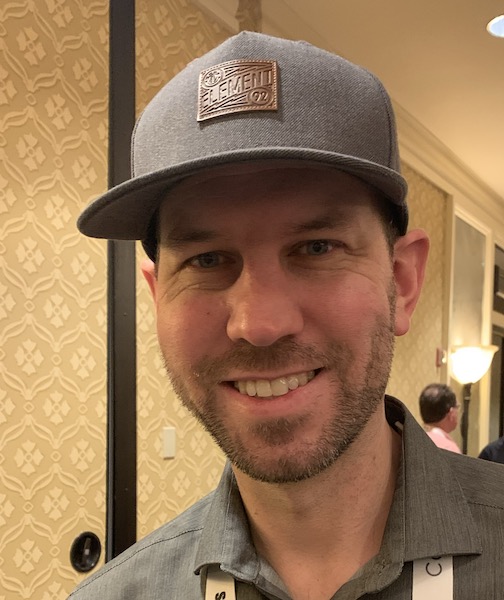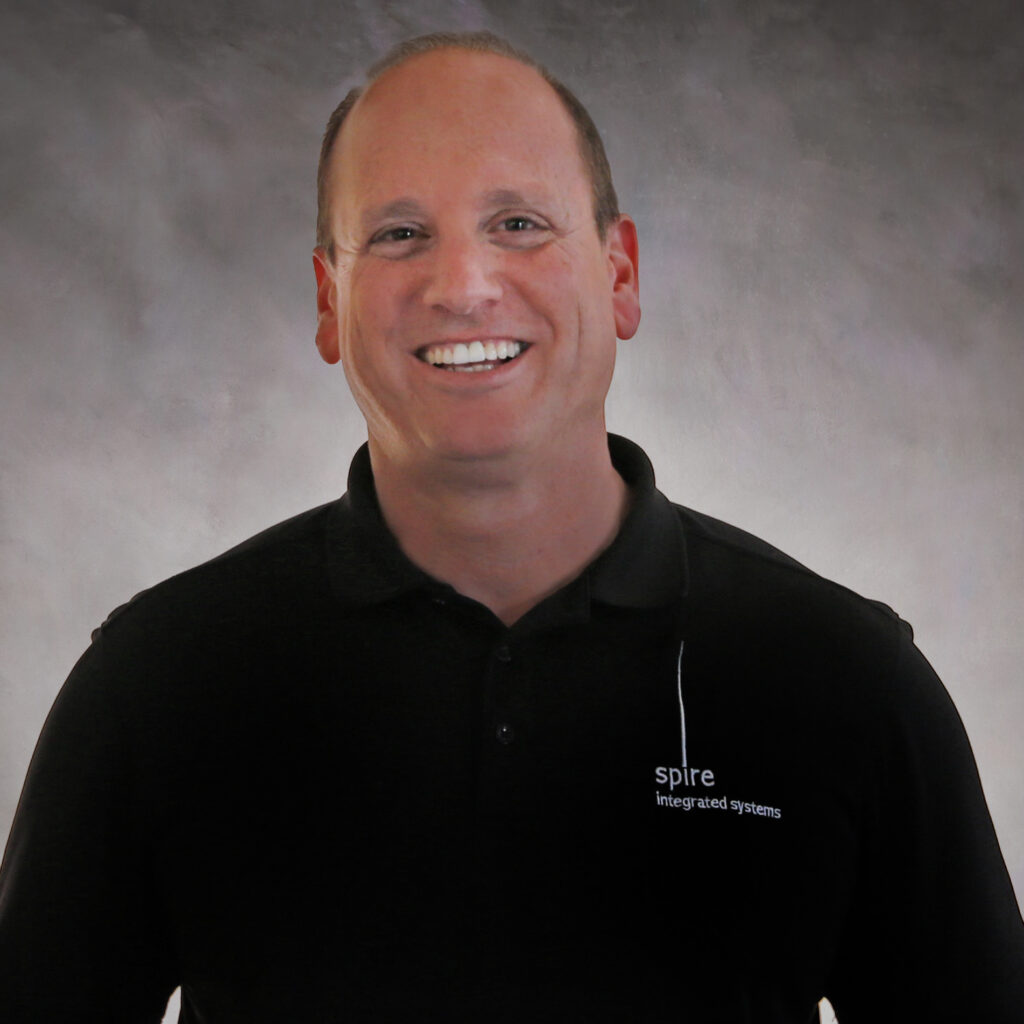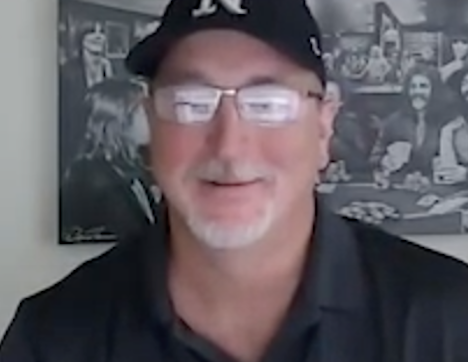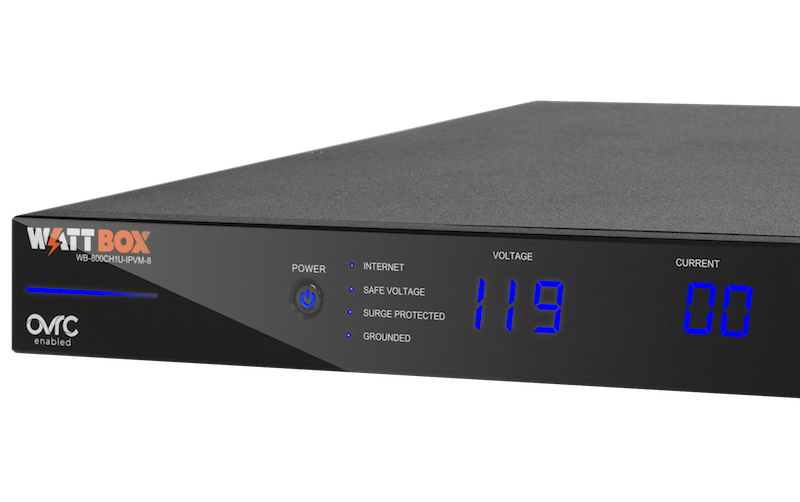Industry Insiders Answer: “As a professional integrator, what value proposition do you present to clients when it comes to including power management technology in their smart home systems?”
Power management products is an often overlooked or under-appreciated ingredient in the smart home. Professional custom integrators understand more than anyone how battery backups, an uninterruptible power supply (UPS), surge suppression product, and remote power management can protect their client’s smart home investment and enable them to manage the system remotely.
Wanting to better understand how home tech pros present the power management category to their clients, we asked the following question to nine experts: “As a professional integrator, what value proposition do you present to clients when it comes to including power management technology in their smart home systems?”

Power for us is a foundational component. We think of it the same as we would the need for a solid network. Protected, stable, clean, and smart power are vital! We do this using online UPS devices with transformers, branch surge suppression, and IP outlets. They simply make your system perform better, function better, and last longer. It’s really not an option on systems that we install. It’s a foundation. — Lance Anderson, Admit One Home Systems, Edina, MN

If your power grid or the power in your home has issues, it can lead to a lot of problems with the reliability and function of a system. Power management is essential, whether it is IP controlled power solutions that provide us remote access to assist clients with troubleshooting issues or more robust systems that allow for battery backup of key systems within the home, stable power solutions ensure equipment functions optimally, and minimizes the risks from storms and power fluctuations. — Tony Fabrick, Xtend Technologies, Broadview Heights, OH

Solid power management is the foundation of every system we deploy. It increases reliability, performance, and customer experience. Every Spire project includes, at a minimum, a battery backup, surge suppression, and remote power management. We will not deploy a system without those technologies. — Navot Shorish, Spire Integrated Systems, Troy, MI

We suggest power management technologies and solutions for a variety of reasons: stabilizing incoming power, notifications for power alerts (over-under voltage), and for some brands, dynamic load shedding during power generation. It provides more control, the ability to manage what is monitored, plus a better life expectancy for equipment with a better experience for the homeowner. — Jamie Briesemeister, Integration Controls, St. Louis, MO

Power management solutions built into our project designs provides a piece of mind to the client that their equipment is protected from power spikes and allows us/them quicker remote response/reboots without scheduling a truck roll to their home. As needed, we also will add uninterruptible power supplies to systems that need to back up network equipment, processors, and hard drives. — Patrick Hartman, Technology Design Associates, Carson City, NV

While a lot of clients and builders assume the electrician is the person that will answer all their power questions, that’s just simply not true. They provide power. That’s it. A home integration specialist, on the other hand, understands the technology going in a home and has a road map for clean, regulated power and in the absence of power, provides the necessary contingencies to mitigate downtime for a few items or the entire home. — Lamar Gibson, Miestro, Memphis, TN

Power management, including a customer-facing application, is critical to a positive client experience with today’s technology. Every homeowner knows that electronics need to be rebooted regularly, so putting this power in their hand — with back-end tracking — produces a better client experience. Furthermore, clients rarely know what piece of gear does what, so giving them an application that allows them to easily reboot a system is critical to client happiness and project success. — Eric Crawford, The Loop, Boise, ID

We are big believers in WattBox from Snap One and use them in nearly all installations where we are providing the networking hardware or automation controllers. Explaining that the system can “self-heal” by automatically rebooting the modem, router, and PoE switches if it loses connection to the internet, often resolving an issue before the client is even aware of it, is something that doesn’t require a lot of convincing. — John Sciacca, Custom Theater and Audio, Murrells Inlet, SC

There are clients that are energy conscious, clients that are looking for an economic benefit, and clients that need energy resiliency. Once their concerns are identified, a combination of energy monitoring, energy management, or load control and energy storage can put the control over a client’s home energy needs into their own hands and reduce their dependence on their utility company. — Matt Daigler, Harrison Home Systems, Golden, CO








